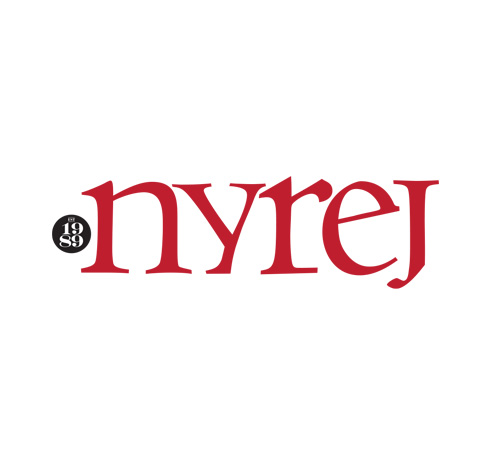News:
Long Island
Posted: January 5, 2016
The importance of valid lien waiver forms: Specific language could be saving grace - by Andrew Richards
On almost every construction project in the New York City area, whether it is for a private improvement or a public improvement project, owners and contractors utilize lien waivers in the payment process. Lien waivers are documents signed by contractors which recite certain representations concerning money paid to date and the amount of money to be paid for the subject time period. The submission of a lien waiver with the application for payment is generally a requirement set forth in the contract. However, it is the specific language of the lien waiver that governs whether a claim made after the work is completed has been waived by the execution of the lien waivers.
Twenty six years ago when I started practicing law, the lien waiver forms used in the construction industry simply stated the amount due for the period, the amount paid to date, and representations that the contractor waives its right to file a mechanic’s lien up to the amount paid. Courts have consistently held that those lien waiver forms do not preclude a contractor from bringing a claim for additional monies due based on extra work performed during the time periods for which the contractor signed the lien waiver. In response, owners and contractors utilized new lien waiver forms which included language stating that during the subject period for which payment is being made, the signatory contractor acknowledges that it does not have any claims for extra work or delays, and waives and releases all claims and the right to file a mechanic’s lien for such claims.
This added language was intended to prevent contractors from filing mechanic’s liens and bringing claims for extra work after the work was completed for which they never previously informed the owner. These claims would be brought so late after they allegedly arose that the owner could not assess the veracity of the claims because the work was either covered up or other information concerning the claim could no longer be obtained. However, just changing the form did not preclude the claims. Courts further decided that a party being given a lien waiver form must have the opportunity to be able to list any open claims that arose during that time period in the lien waiver form itself. Specifically, best practice is to leave a space in the lien waiver itself for the contractor to list any open claims that arose during the subject payment time period.
Recent court decisions have re-emphasized that by using the proper lien waiver forms, claimants will be barred from bringing claims and filing liens for work performed for which no notice of a claim was given. In one recent case, the subcontractor brought a delay claim alleging that it incurred additional costs due to impediments to the performance of its work caused by the contractor. These impediments caused the subcontractor to allegedly incur additional costs throughout the performance of its work. In opposition to a motion to dismiss the claim, the subcontractor alleged that it did not list its claim on the lien waivers during the duration of the project because it could not assess its additional costs until it completed its work. The court did not agree with the subcontractor’s argument and dismissed the claim. The court reasoned that while the costs may not have been able to be computed until the subcontractor achieved substantial completion, the subcontractor knew that it was incurring additional costs due to the delays to its work and could have stated so on the lien waiver forms it signed during the project.
Many lawyers still do not put much emphasis on lien waivers based on their belief that courts will not preclude certain claims for additional costs no matter what language is set forth in the lien waiver form. However, the courts do put emphasis on the language in the lien waiver form which may very well be an owner’s or contractor’s saving grace when a claim is brought against it for additional costs. A lien waiver form should include the amount being paid during the present payment period, the amount previously paid, and language stating that the contractor does not have any claims for additional costs due to extra work, delays or other causes. It should also provide a release in favor of the party who is making the payment. But above all, the lien waiver must leave space in the form for the party requesting payment to list any open claims.
And, please do not have a contractor sign a form at the outset of the project whereby the contractor waives its right to file a lien against the project. Such waivers signed prior to the work being performed are void as against public policy.
Andrew Richards, Esq., is a partner at Kaufman Dolowich Voluck, Woodbury, N.Y.
Tags:
Long Island
MORE FROM Long Island
Suffolk County IDA supports expansion of A&Z Pharmaceuticals
Hauppauge, NY The Suffolk County Industrial Development Agency (IDA) has granted preliminary approval of a financial incentive package that will assist a manufacturer in expanding its business by manufacturing more prescription (Rx) pharmaceuticals in addition to its existing over-the-counter

Quick Hits
Columns and Thought Leadership

The evolving relationship of environmental consultants and the lending community - by Chuck Merritt
When Environmental Site Assessments (ESA) were first part of commercial real estate risk management, it was the lenders driving this requirement. When a borrower wanted a loan on a property, banks would utilize a list of “Approved Consultants” to order the report on both refinances and purchases.









.gif)
.jpg)